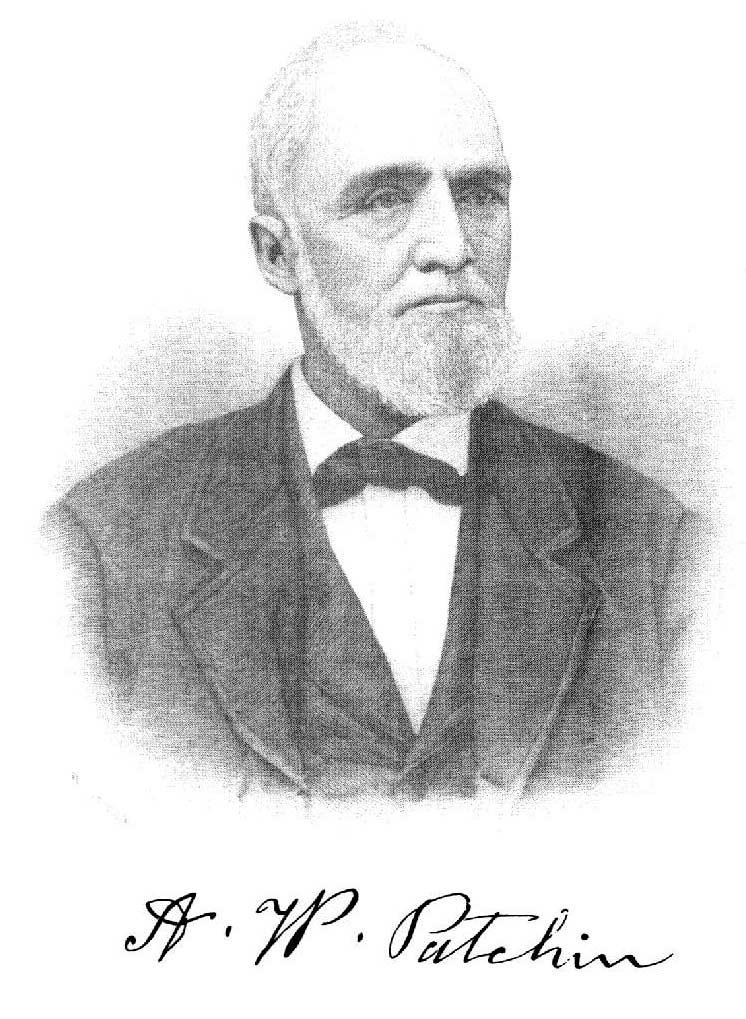| |
Page 487
BURNSIDE TOWNSHIP.
men and hunters. The oldest, Joseph, is still living in Cherry Tree, long
past his three-score years and ten, but still active. It is not many years since
he quit piloting rafts down the river.
John King, a brother of Reeder's, came from
Westmoreland county about a year after McCreary, and settled on the ridge
between the river and Chest Creek. He had a number of daughters and two sons,
William and Wilson, who both live near where they were raised on adjoining
farms.
Jacob Neff came from Centre county in 1828, and
settled near New Washington. His brothers, Christopher and Henry, came a couple
of years later. They endured, with all the early settlers, many privations and
hardships. In 1835, their wives walked back to Centre county, and dried apples
and made apple-butter, and had them brought home in the winter ; there being no
apples then raised in the new settlement.
They packed grain to mill at Tyrone on horseback,
and sometimes while away, grain had to be ground in a coffee-mill. Jacob died in
1879, aged eighty- four. Three of his sons are living: Joseph L., in Burnside,
and Henry, in New, Washington ; John moved to Huntingdon some years ago. One of
his sons, James, is a preacher in the Erie Conference of the Methodist Episcopal
Church.
Christopher Neff lived a mile south of New
Washington ; has been many years dead ; some of his posterity remain in the
county.
Henry Neff, sr., and wife, are still living in New
Washington ; had no children, but are taking care now of the family of an
adopted daughter. They are the only old couple now living that came to the
township at that early date.
William Mahaffey came from Lycoming in 1827, and
purchased a tract of land on the river (the present site of Burnside borough),
and put up a log house near where Mrs. Horace Patchin's residence now stands.
The next year he removed with his family, six boys, three of whom, John, Thomas
and Robert, still reside in the county. In 1833, he, with his second wife and
daughters, returned to Lycoming, leaving the three sons above named on the land,
farming and lumbering, for they had a saw-mill erected. John was married to
Ellen Byers, daughter of John Byers, sr., and Thomas to Margaret, daughter of
David Mitchell, sr. They lived together with their families, and brother Robert,
unmarried, in the same house, a number of years, until they sold to Matthew
Irvin. John bought land below Cherry Tree, where he still lives, quite active
for one of his years. Thomas removed to New Washington. He was for many years
justice of the peace ; has a large family. Robert bought land at the mouth of
Chest Creek, where he still lives, the proprietor of the new railroad town,
Mahaffey. He served one term as county commissioner, and his son James was
sheriff, and at present is proprietor of the Hotel Windsor at Clearfield, the
finest hotel in the county. The Mahaffeys are numerous in Burnside and Bell
townships.
On the opposite side of the river from Mahaffey, a
little below, Rev. Tim‑
|
|







